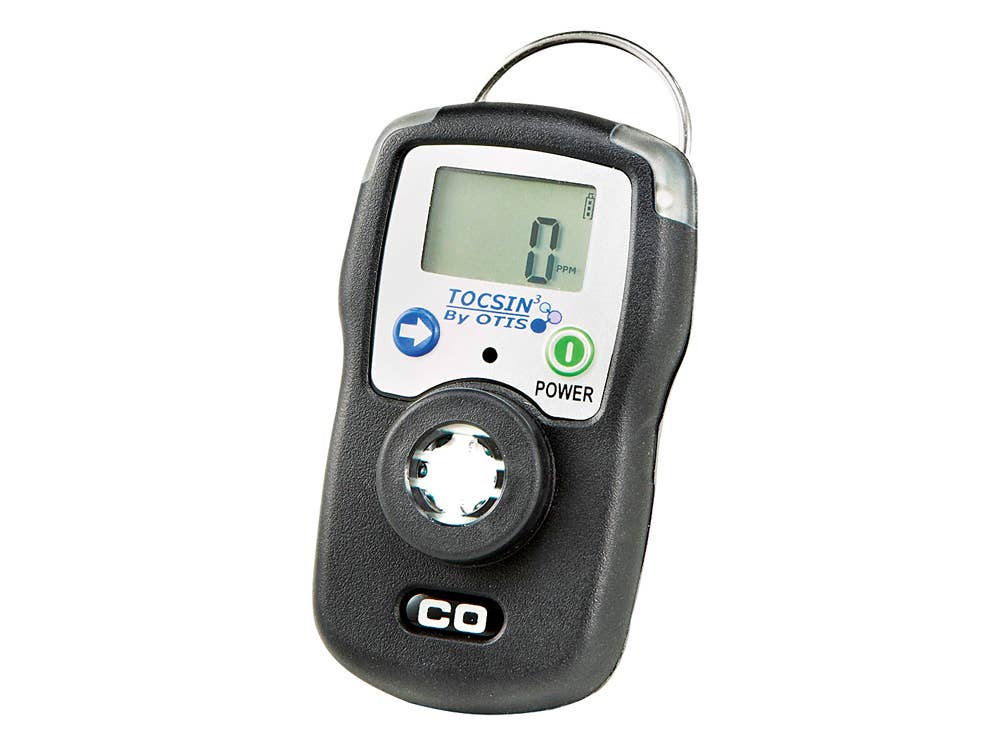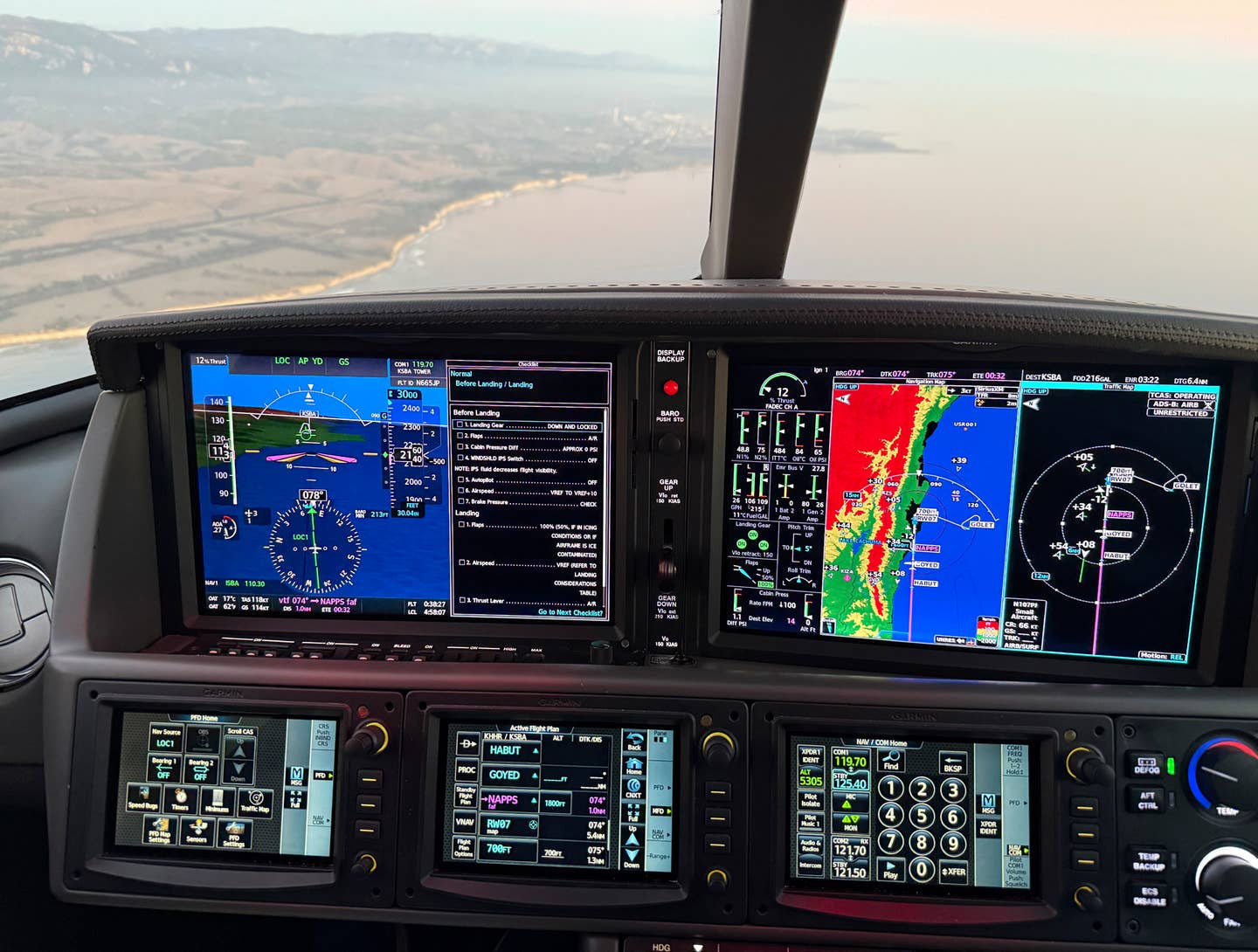
The key point is to carry a CO detector with both visual and audio alarms, because you might not hear the alert in the noisy cockpit of a GA aircraft. Courtesy Sporty’s Pilot Shop
Like a good marriage, an abiding love for aviation grows and changes over the years. The emotion is always there, but the reason for the initial attraction isn’t always the same reason you stay committed. I was fortunate to fall in love with aviation as a kid while riding around in the back of my dad’s Cessna 310, and I started flying airplanes almost 25 years ago. But you might say I renewed my vows when I discovered helicopters eight years ago.
The challenge and adventure of flying helicopters were a revelation to me, and a reminder that even in a complicated world of TFRs and ADS-B, flying offers a simple freedom that can't be matched by anything else. Last spring, I took the latest step in this relationship and bought a new (to me) Robinson R44. It had the right mix of performance, manageable ownership costs and even a paint scheme I liked.
That pretty blue R44 and I had a great summer together, and like a dad with his new kid, I took it to all my favorite places.
There was a nearly flawless trip from Cincinnati to Oshkosh in July, complete with a low-level flight up the Chicago lakeshore and an easy landing on the grass at OSH. There were the trips that are only possible in a helicopter: landing at a favorite restaurant, delivering my kids to a dance competition via rooftop helipad and taking some friends to a winery. (No tasting for me, thanks.) I even got to take a retired F-100 pilot for a ride and terrify him with our 10-knot final approach speed — a full 170 knots slower than Vref on some of his previous flights.
Of course, there were a few hiccups, including a temporarily inoperative engine governor that had to be fixed. Avionics work came in fits and starts — ADS-B Out, a new audio panel, some software updates — but most of those were my choice. Besides, these minor issues were just the price of making a new aircraft truly mine.
So, with the avionics just right and a few initial squawks fixed, I was prepared for a late fall filled with more flying adventures. A $100 hamburger run over the brightly colored hills of southern Ohio seemed like a good excuse to fly, so I invited a few friends and off we went. One minor difference on this 45-minute trip turned out to be significant: The temperature had dropped down into the 30s. That meant that, for the first time since I bought the helicopter, cabin heat would be required.
Through some combination of careful planning and luck (more of the latter than the former, I suspect), I had three carbon-monoxide detectors along for this flight. One of the informal rules we follow at Sporty’s is never to fly without testing some product, and it just so happened that CO detectors were next on the list. My job was to evaluate whether a new model was as good as two proven performers. Thank goodness for that test.
While we sat warming up the engine and setting up the avionics, I pulled on the cabin heat and went back to the checklist. Within 15 seconds, alarms were going off, and not the figurative type. A quick glance at my trusty Tocsin CO detector showed a flashing red light and a parts per million rapidly climbing through 30.
That’s high — but not necessarily a disaster in an R44, as I learned the hard way three years ago from a tactful mechanic. After I was ready to tear the exhaust off the Lycoming engine, he gently explained that with a tightly cowled helicopter engine and a modest tailwind, enough exhaust can blow into the cabin to cause an alert. “Open the door to clear the air, then go flying and I bet it fixes itself once you’re moving.” It most certainly did, and I made a mental note of this Robinson quirk.
This was pretty much the perfect setup for ignoring a warning, or normalization of deviance, as the psychologists say. You know those dangerous words? “Oh, ignore that — it’s always doing that.” So says the pilot about the terrain alerts just before he hits the hill.
I turned off the heat and opened the door, which had the CO back down to zero in a few seconds. With no other issues, I finished the run-up and took off for our destination, confident that I had properly identified the non-emergency. Five minutes into the flight things got cold so I pulled on the heat and was once again greeted with a loud alarm and red, flashing lights — on all three CO detectors. The ppm reading was through 100 before I could crack the door and turn off the heat.
Well, you can guess the rest of the story. We had a fairly cold flight to lunch and a subsequent inspection of the muffler showed a major crack. The CO detectors were going off because there was a lot of carbon monoxide in the cabin. Imagine that!
It's easy to get dramatic with these everyday issues, but carbon monoxide is scary stuff. Without a CO detector, it's quite possible all three of us would have become incapacitated at some point. In a helicopter over the remote hills of southern Ohio, that would not have ended well. I had to admit that, after a great summer together, my new rotary-wing friend was trying to kill me.
Read Next: Aftermath: Breathless
One obvious lesson, which I’m proud to say I now both preach and practice, is to fly with a carbon monoxide detector. Two related lessons are to use it on every flight and to use a good one. Waiting for a dark spot to appear might mean waiting until you’re incapacitated, so I like to use one with a digital screen and a really loud alarm. Is it at 30 ppm or 300? Both could be problems, but one is a major emergency.
Another more general lesson is to stay skeptical of any flying machine. Helicopter pilots have a well-deserved reputation for paranoia — as the old joke says, if you spent your time flying “a million parts rotating rapidly around an oil leak waiting for metal fatigue to set in,” you would be, too. But I had started to become, if not complacent, then at least comfortable with my new machine.
Just when I thought all the bugs were worked out and I could trust my helicopter completely, I was reminded of those wise old words: No matter how many hours you have in your logbook, it’s only the next one that counts.

Sign-up for newsletters & special offers!
Get the latest FLYING stories & special offers delivered directly to your inbox






